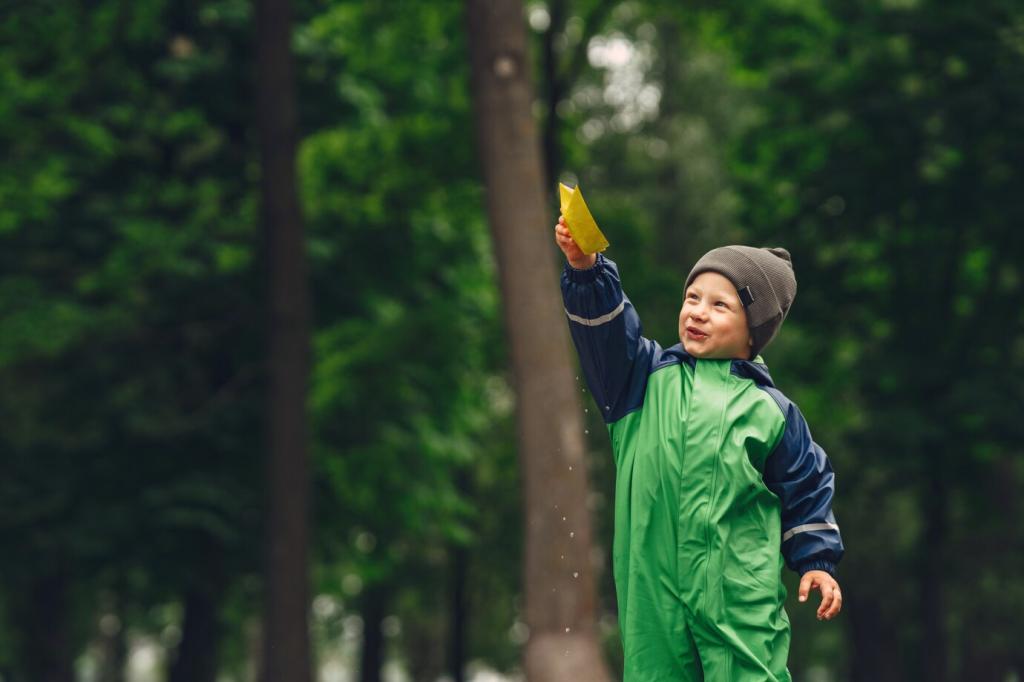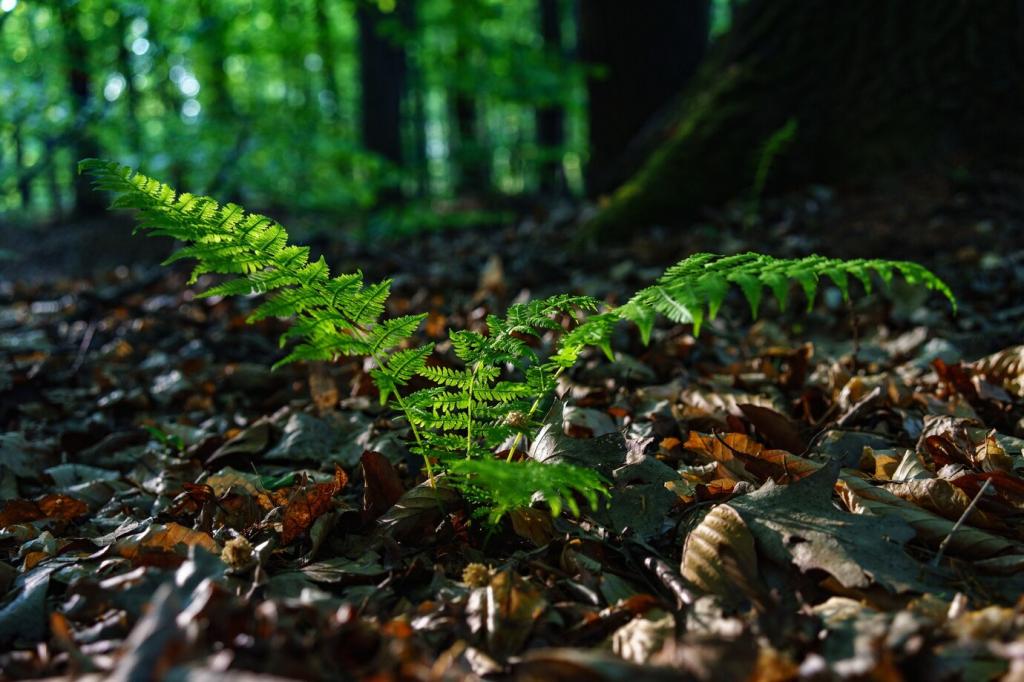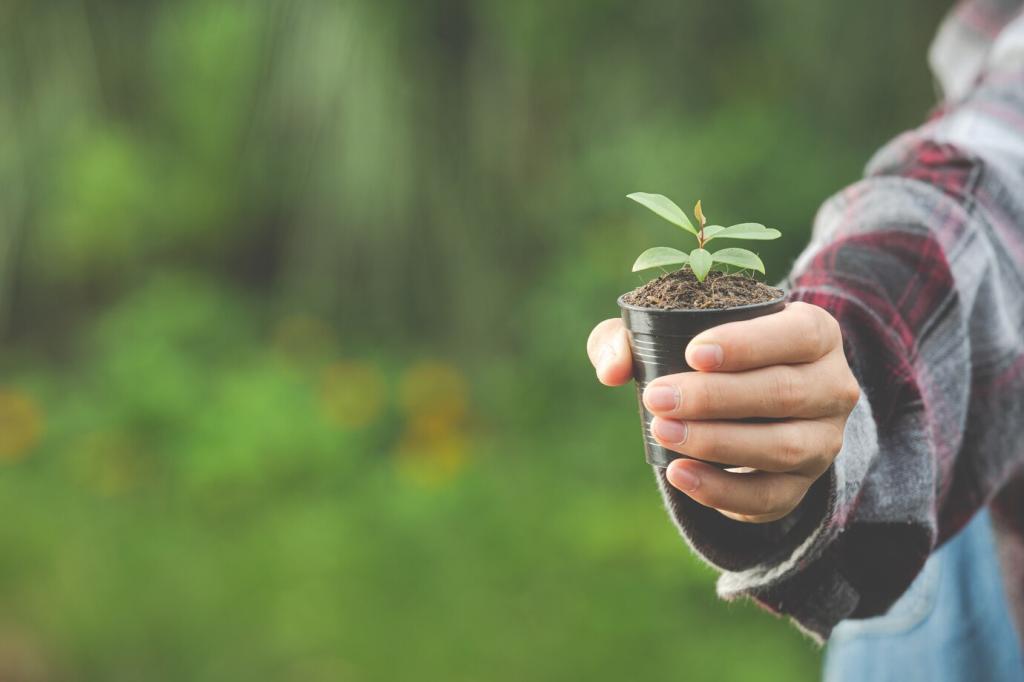Stories from the Field
A coastal team used amphibious access points while drones scattered salt‑tolerant propagules into muddy channels unreachable by foot. Fisher families noticed crab numbers rising within months as roots stabilized sediment, inviting readers to share similar shoreline restoration needs.
Stories from the Field
After a severe fire, crews faced loose ash and rockfall. Drones placed native conifer and shrub mixes along north‑facing slopes where moisture lingers. A year later, volunteer groups celebrated the first green flush, inspiring ongoing check‑ins and photo updates.
Stories from the Field
In a small valley, elders mapped traditional gathering spots while students piloted survey flights. Their combined knowledge shaped species choices, blending heritage plants with climate‑ready varieties. Subscribe to follow their seasonal field notes and pitch your own collaborative experiment.
Stories from the Field
Lorem ipsum dolor sit amet, consectetur adipiscing elit. Ut elit tellus, luctus nec ullamcorper mattis, pulvinar dapibus leo.




